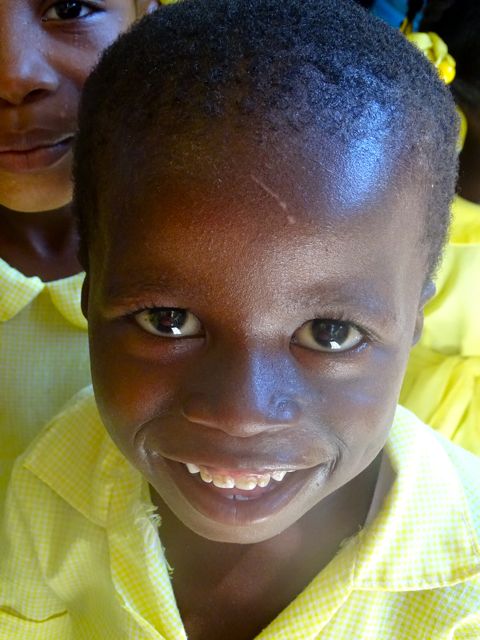{Lesson 6} The Power of a Photograph – Series: 7 Life Lessons I Learned in Haiti:
Taking pictures in Haiti can be dangerous. I was warned that men could come up on the truck and take my camera, or worse.



When you think about it, would you want someone coming into your neighborhood taking pictures of your you or your kids?
At the same time, I had a deep need to capture what I saw and I wanted to do it respectfully.
Photography literally means drawing with light. It comes from the Greek words; photo meaning light and graphy meaning drawing. Photography is a tremendous means of visual communication and visual expression.

During our Ansel Adam Picture study I came to respect pictures in a way I had not before. And Dorothea Lange’s photographs haunted me for months.
I never realized how much pictures would shape my own life. Or how it would become an extension of the connection between my heart and my eyes.
Matthew 6:22 “The eye is the lamp of the body; so then if your eye is clear, your whole body will be full of light.
Stoically kept on a bookcase are my mom’s, dad’s, and grandmother’s photo albums. All the pictures of their lifetime are hidden in there. You hold someone’s life in your hands when holding those photo albums. Or what is left of their life.
I have also created an album of snap shots every year since my children came along. I could get lost for hours in my pictures. They are my saved moments in color.
My pictures have always been the answer to the question, “What is the first thing you would you grab if your house was on fire?”
There is a desire to leave a legacy like my dad did. My brother is an amazing photographer in his own right as well.
And even though this love of pictures may be hereditary, photography’s captivation is hard wired in us.
Pictures spark emotions.
“I had been able to realize a desired image: not the way the subject appeared in reality but how it felt to me and how it must appear in the finished print” Ansel Adams
I remember eyeing the broken glass fragments that were used like barbed wire is used here in the U.S. It was cemented in for what seemed like miles of walls to discourage theft. The memory of how it made me feel is still with me.

And this door to nowhere or somewhere.

Or the little girl who stole my heart and wouldn’t leave my mind; her leg in traction with the weight of a clorox bottle. Genius really.




Sometimes, you can glimpse God in a photograph.
“Sometimes I do get to places just when God’s ready to have somebody click the shutter.” Ansel Adams


The power of photography is evident through wars, the newborn, or even the power to solve crimes. Pictures can stir up good and bad emotions. But I think the most powerful idea that photography captures is hope.
Our host, Fenel, told me how important it was to capture the hope of the people in Haiti. I think this was my greatest lesson. Don’t just leave with photos of despair, but focus, instead, on the hope.
I believe it.
It is difficult to capture the poverty we witnessed because you can’t see the peripheral, or smell the smells, or hear the beeping horns everywhere or life coming at you fast! But the flimsy homes that are put together with ingenuity and the hard working people of Haiti, speak volumes. They speak hope.
And although you can’ t fully capture hope either, the memories of hearing hope in the children’s prayers, seeing it in their faces, and feeling it in their embrace are brought back as I study the pictures. I see hope in the faces of the kids and the tenacity of the people in the photographs. They need no words.
There is power in that.








Ephesians 1:18 I pray that the eyes of your heart may be enlightened, so that you will know what is the hope of His calling, what are the riches of the glory of His inheritance in the saints,
To Read More in This Series: 7 Lessons I learned in Haiti…..
Lesson One: Being Transparent
Lesson Two: How To Pack For A Mission Trip
Lesson Three: You See More When You Stand Up
Lesson Four: The Power of A Team
Lesson Five: The Most Important Resource


